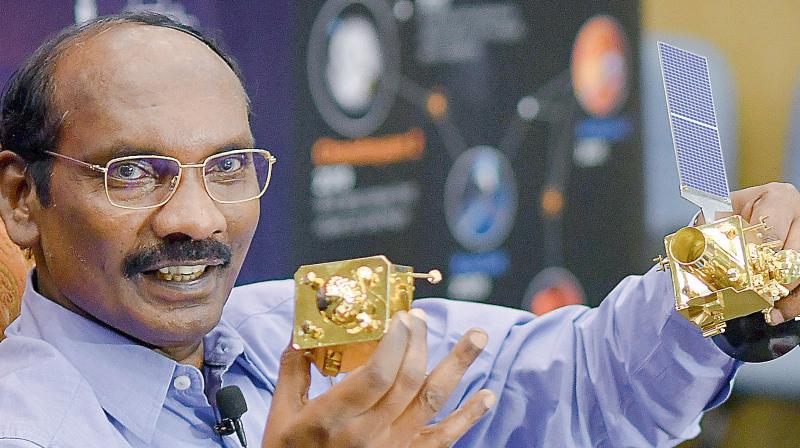4 Indian astronauts, alas not one woman, to train for Gaganyaan
One of the four IAF fighter pilots will become, circa 2022, the second Indian in space after Rakesh Sharma

Bengaluru: Four young combat jet pilots of the Indian Air Force (IAF) will set off to Russia later this month to train for the Gaganyaan flight to outer space, likely at the end of next year or early 2022.
The historic flight will take place three and a half decades after Wing Commander Rakesh Sharma became the first Indian in space as part of a mission with two cosmonauts of the erstwhile Soviet Union.
Though four pilots, all men, will train for Gaganyaan, just as Wing Commander Rakesh Sharma and Air Commodore Ravish Malhotra did before the former made the cut back then, only one of them will make it aboard a made-in-India spacecraft to outer space to carry out six experiments for about a week.
This flight on board an indigenous rocket to be launched from the Satish Dhawan Space Centre (SDSC) at Sriharikota, would be preceded by a test flight involving a humanoid next year.
Dr K Sivan, chairman of the Indian Space Research Organisation (ISRO), said in Bengaluru Wednesday the process of selection of astronauts was complete. Many systems will be tested before the flight, including human rating of propulsion modules and the crew escape system.
The budget for the ambitious mission is Rs 14,000 crore.
Dr Sivan said the astronaut trainees were chosen after endurance tests carried out at the Institute of Aerospace Medicine in Bengaluru, and at facilities in Russia.
Dr Sivan’s announcement ended speculation on the possibility of an Indian woman qualifying for the voyage.
The ‘Gaganyaan’ programme is to be an Indian-crewed orbital flight for a minimum of seven days. The spacecraft being developed by ISRO consists of a service module and a crew module, collectively known as the Orbital Module.
It will be for the first time that India will launch a manned mission to space, making it the fourth country to do so.
Unfazed by its unsuccessful attempt to place a lander on moon in mid-2019, ISRO announced a third lunar outing to accomplish a soft landing in the south pole region of the earth’s satellite in 2021. Unlike Chandrayaan-2, which had an orbiter, a lander (Vikram) and a rover (Pragyan), next year’s mission will be restricted to a lander and a rover.
The names for the lander and the rover would be announced later, Dr K. Sivan said.
Set to cost about Rs 600 crore, Chandrayaan-3 will have a special module that will take the lander and rover into lunar orbit before accomplishing a soft touchdown on lunar soil.
If the mission comes off, it will bring relief to Indian space scientists who on September 7, endured heartbreak as the lander Vikram crashed while descending for touchdown.
“The velocity reduction failure was due to internal reasons,” Dr Sivan said about that unsuccessful mission, but expressed confidence that Chandrayaan-2 orbiter would last many years and continue to beam scientific data on the moon.

